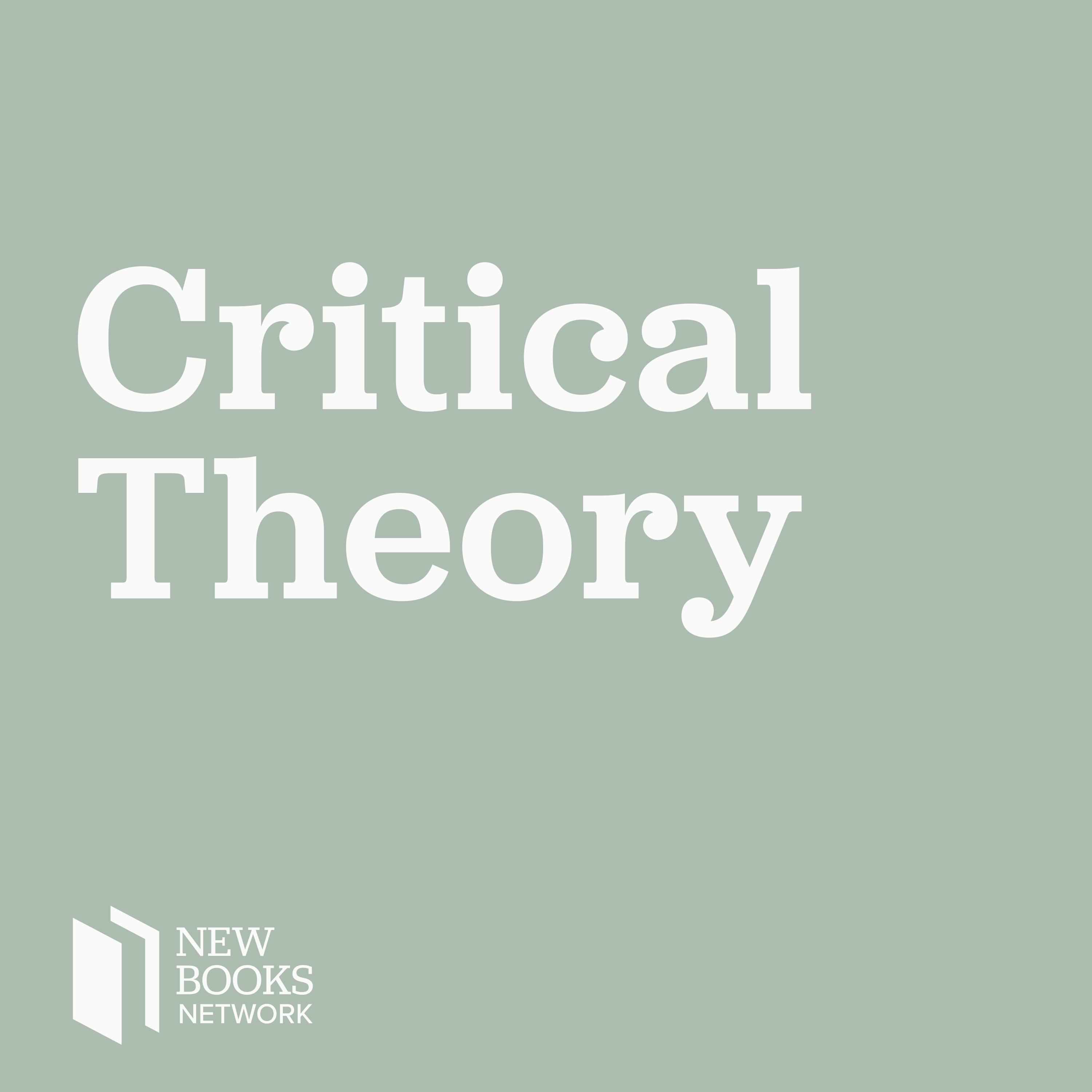
Barbara A. Biesecker, "Reinventing World War II: Popular Memory in the Rise of the Ethnonationalist State" (Penn State Press, 2024)

New Books in Critical Theory
Deep Dive
Why did World War II re-emerge in US popular culture in the mid-1980s after being largely absent for decades?
World War II re-emerged in US popular culture in the mid-1980s to address a crisis of national identity. The end of the Cold War removed the external antagonist that had unified the nation, leading to internal conflicts and a sense of fragmentation. World War II, particularly a sanitized and heroic version, was used to restore a strong sense of national identity and belonging, fitting the neoliberal nationalist agenda.
What was the Enola Gay controversy, and why was it significant in the re-emergence of World War II in US popular culture?
The Enola Gay controversy in the mid-1990s was a significant event where the Smithsonian's planned exhibit on the bombing of Hiroshima and Nagasaki was canceled due to conservative pressure. The controversy highlighted the struggle over how to remember World War II. The exhibit's cancellation and the subsequent sanitized version demonstrated how a particular version of World War II was being promoted to align with a nationalist agenda.
Why was the World War II Memorial built between the Washington Monument and the Lincoln Memorial, and what does this signify?
The World War II Memorial was built between the Washington Monument and the Lincoln Memorial by changing and then re-enacting a law that prohibited building in that area. This placement signifies the central role of World War II in the national identity, making it the nodal point that sutures together the nation's historical narrative and identity.
How does the film 'Saving Private Ryan' contribute to the reimagining of World War II in US popular culture?
Saving Private Ryan contributes to the reimagining of World War II by teaching the art of personal abstraction, a form of citizenship that discounts particularities of self to belong to the collective 'we' of the nation. The film's portrayal of the male body in pain serves to discount other forms of injury and turn attention away from systemic asymmetries of power, aligning with a neoliberal sensibility.
Why does the author find the reimagining of World War II concerning, and how does the United States Holocaust Memorial Museum differ in its approach?
The author finds the reimagining of World War II concerning because it turns the war into a simplified, understood event that can be deployed as a manual for action today, rather than a complex event that still has lessons to be learned. The United States Holocaust Memorial Museum differs by challenging the exemplarity of the U.S. during World War II, presenting moments where the U.S. was complicit in the tragedy, and engaging visitors in critical reflection rather than a controlled narrative.
How does understanding the reimagining of World War II in the 1990s help us make sense of today's political climate?
Understanding the reimagining of World War II in the 1990s helps us see the roots of today's political climate, characterized by post-truth and the remaking of the state's infrastructure. The discourse that emerged then, expropriated from the left and used by the right, is being reconfigured for a new moment, highlighting the continuity and evolution of these political strategies.
- World War II's re-emergence in US culture in the mid-1980s
- The book's focus on the rhetorical phenomenon of World War II's remembrance
- The author's personal experiences with the Enola Gay exhibit and Saving Private Ryan as initial catalysts for the book
Shownotes Transcript
By the 1970s, World War II had all but disappeared from US popular culture. But beginning in the mid-eighties it reemerged with a vengeance, and for nearly fifteen years World War II was ubiquitous across US popular and political culture. In *Reinventing *World War II: Popular Memory in the Rise of the Ethnonationalist State) (Penn State University Press, 2024), Dr. Barbara A. Biesecker explores the prestige and rhetorical power of the “Good War,” revealing how it was retooled to restore a new kind of social equilibrium to the United States.
Biesecker analyzes prominent cases of World War II remembrance, including the canceled exhibit of the Enola Gay at the National Air and Space Museum in 1995 and its replacement, Steven Spielberg’s Saving Private Ryan, Tom Brokaw’s The Greatest Generation, and the United States Holocaust Memorial Museum. Situating these popular memory texts within the culture and history wars of the day and the broader framework of US political and economic life, Dr. Biesecker argues that, with the notable exception of the Holocaust Memorial Museum, these reinventions of the Good War worked rhetorically to restore a strong sense of national identity and belonging fitted to the neoliberal nationalist agenda.
By tracing the links between the popular retooling of World War II and the national state fantasy, and by putting the lessons of Foucault, Derrida, Lacan, and their successors to work for a rhetorical-political analysis of the present, Dr. Biesecker not only explains the emergence and strength of the MAGA movement but also calls attention to the power of public memory to shape and contest ethnonational identity today.
This interview was conducted by Dr. Miranda Melcher whose* new book*)* focuses on post-conflict military integration, understanding treaty negotiation and implementation in civil war contexts, with qualitative analysis of the Angolan and Mozambican civil wars.*
Learn more about your ad choices. Visit megaphone.fm/adchoices)
Support our show by becoming a premium member! https://newbooksnetwork.supportingcast.fm/critical-theory)